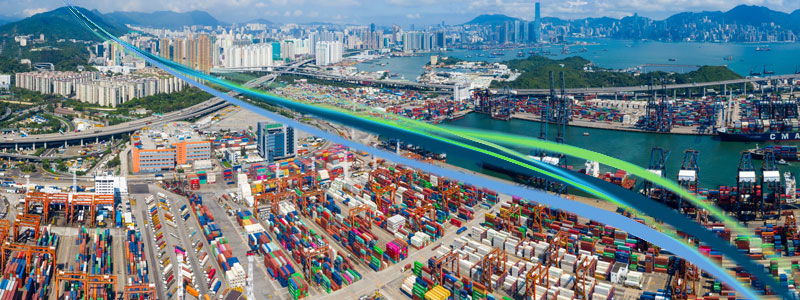- EXW/FOB Category – The buyer can utilise your own freight agent and liaise with them directly regarding payment.
- The Other Category – The buyer uses their own freight company and your company subsidises that.
- 20’GP – Allows for 20ft of storage. 20’GP is designed to carry more weight than voluminous cargo. E.g. Minerals, metal and machinery
- 40’GP – Allows for 40ft of storage. 40’GP is designed to carry more voluminous cargo than heavy cargo. E.g. Furniture, tyres, and toys
- 40’HC – Allows for 40ft of storage for shipments of a great height.
- Full Container Load (FCL) – In which a company fills a whole container with their own goods. Containers can be from 20 – 45 feet long.
- Less than Container Load (LCL) - Where different companies share the same container and load their shipments into it. This would then get split once it reaches port.
- Shanghai – This major city enjoys the most economically developed of everything. From where it is located, it serves interior provinces via river ports along the waterway that extends from it.
- Shenzen – This port is accessible to Hong Kong and the Pearl River Delta making it another key port for the South of China.
- Ningbo-Zhousan – This port serves both Ningbo, which has good connections with Central and Western China and Zhejiang, a wealthy region with a manufacturing industry.
- Hong Kong – Fastly expanding into the ‘international shipping service hub of the Far East,’ Hong Kong provides 340 container liner services per week, connecting to around 470 destinations worldwide.
- Guangzhou – Historically, a key centre of trade in China, the port is striving to be the international shipment hub for the Maritime Silk Road component. It is a port that provides options for importers, exporters, third party logistic companies and ocean carriers with its reduced port and berthing fees.
- Qingdao – The most important port of Northern China. It is located next to the Bohai Bay region of which it serves.
- Tianjin – This port is second only to Qingdao port in capacity in Northern China. The port’s container handling business are developing additional domestic and international routes.
- Xiamen – The port is located at the mouth of the Jiulongjiang River and has over 68 shipping routes to over 50 countries including Kaohsiung in Taiwan.
- Dalian – This port is located at the most northern ice-free port of China and is the largest port in North East China serving seaports in East Asia, North Asia, and the Pacific Rim.
